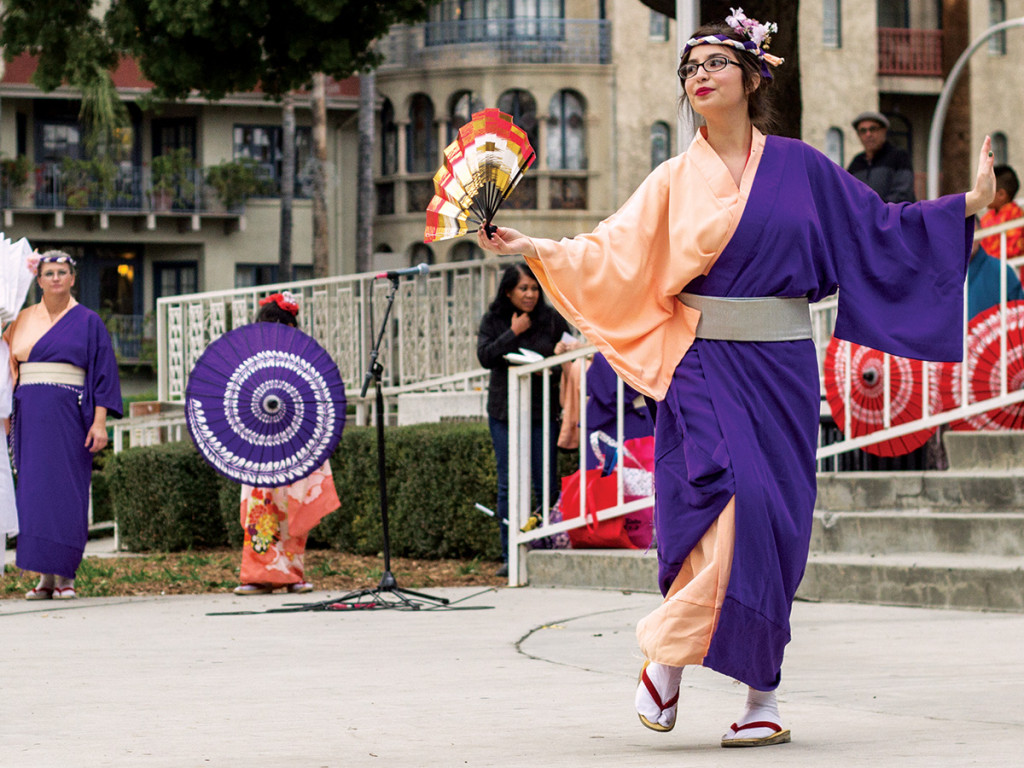
Feb. 8 marked the beginning of the Year of the Monkey, according to the Chinese Lunar Calendar. Celebrations kicked off all around the world, from Hong Kong to Europe to Riverside. Everywhere, participants were able to enjoy traditional parades, dances, music and food, as well as learn about Chinese cultural practices and beliefs.
Some celebrations in the U.S. have become more “Americanized,” like the Golden Dragon Parade in Chinatown, where rap by MC Jin and tacos were side-by-side with red envelopes, red paper lanterns and other Chinese traditions. Changes like this raise the question of whether the holiday is becoming too diluted in the U.S. and whether these changes threaten to push away an appreciation of traditional Chinese customs and history in favor of commercialism. However, it’s quite the opposite: Evolutions in America’s celebrations of Lunar New Year won’t erase longstanding traditions, but instead help shape the celebrations into a unique mark of Asian-American history and heritage.
Immigrants from all around Asia and the Pacific Islands have been coming to the U.S. since the 1800s. Since then, they have become an essential part of American history and culture. As older generations of people pass away, they leave behind their heritage and teachings to the new generations. While Lunar New Year is largely a celebration about spending time with family at home and remembering ancestors and elders, there is also room for the new generations to use the holiday to assert their own identities as Asian-Americans.
Although preserving traditions is important for honoring and remembering heritage and ancestry, cultures are not static, and it is possible to build on these traditions like we see in Chinatown without losing sight of their origins and history.
One example of this is in Riverside’s Lunar New Year Festival, which featured Japanese taiko drums, various teas from all around Asia and Bollywood dancers. The incorporation of elements from other Asian countries doesn’t push any of the Chinese elements out of the picture. Rather, it reminds us that although we’re all Americans, we have an enormous variety of ancestries, especially here in California. Doing so helps people unite across cultural boundaries and appreciate their various heritages. New generations of Asian-Americans can use this to connect with their heritage and teach others about it as well. Rather than diluting this history, the evolution of how we celebrate Lunar New Year serves to bring people together.
We can also see this happening with Dia de los Muertos festivals, which are especially popular in the American Southwest. Though Dia de los Muertos is explosively popular in Mexico, many Mexican-Americans still celebrate it here in the U.S.
Though there are a handful of traditions for the holiday, how each individual family celebrates it varies and evolves over time. For example, some make altars with fresh-baked food for deceased family in their home, or elaborately decorate their grave. Other families may approach it differently by doing something that reminds them of the deceased, like visiting vacation spots, making special dinners or just sharing stories about that loved one. Although the practices may evolve from the original traditions, the core of the holiday remains the same. Just as it is in Mexico, the holiday is used in the U.S. to honor and remember our ancestors and pay respects to family who have passed away. Transformations in how we go about it aren’t changing that principle.
Many Mexican-Americans (myself included) take pride in the holiday as an indication of our history and unique place in the world. Sharing it with others and “Americanizing” it won’t compromise that place or our heritage. We aren’t losing sight of its origins or history by allowing it to transform. In fact, letting it evolve in the U.S. affirms our place and history as Mexican-Americans. The same can be said for Lunar New Year, and many other holidays practiced in places outside their country of origin. People aren’t diluting or erasing longstanding traditions by celebrating them in their own way, but instead are using these old traditions to both honor their heritage and take pride in their own national identities.








